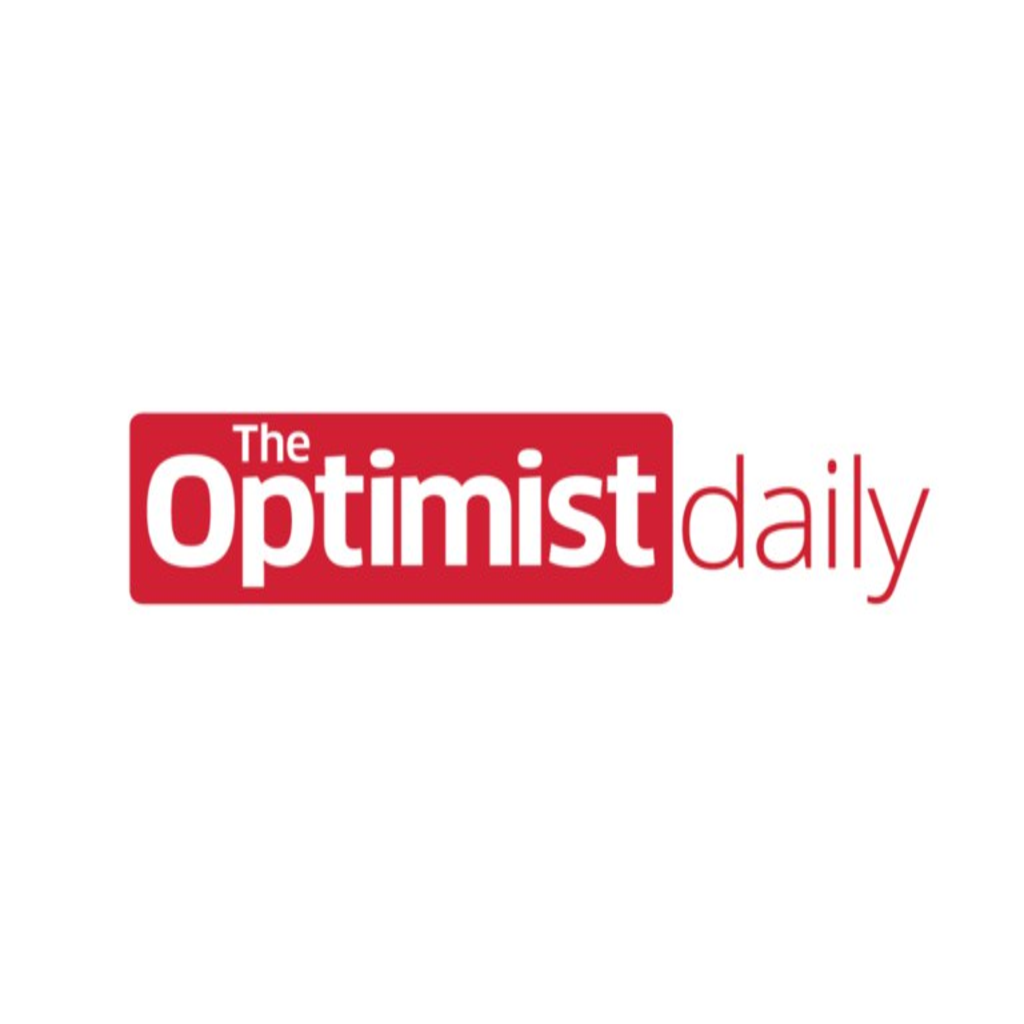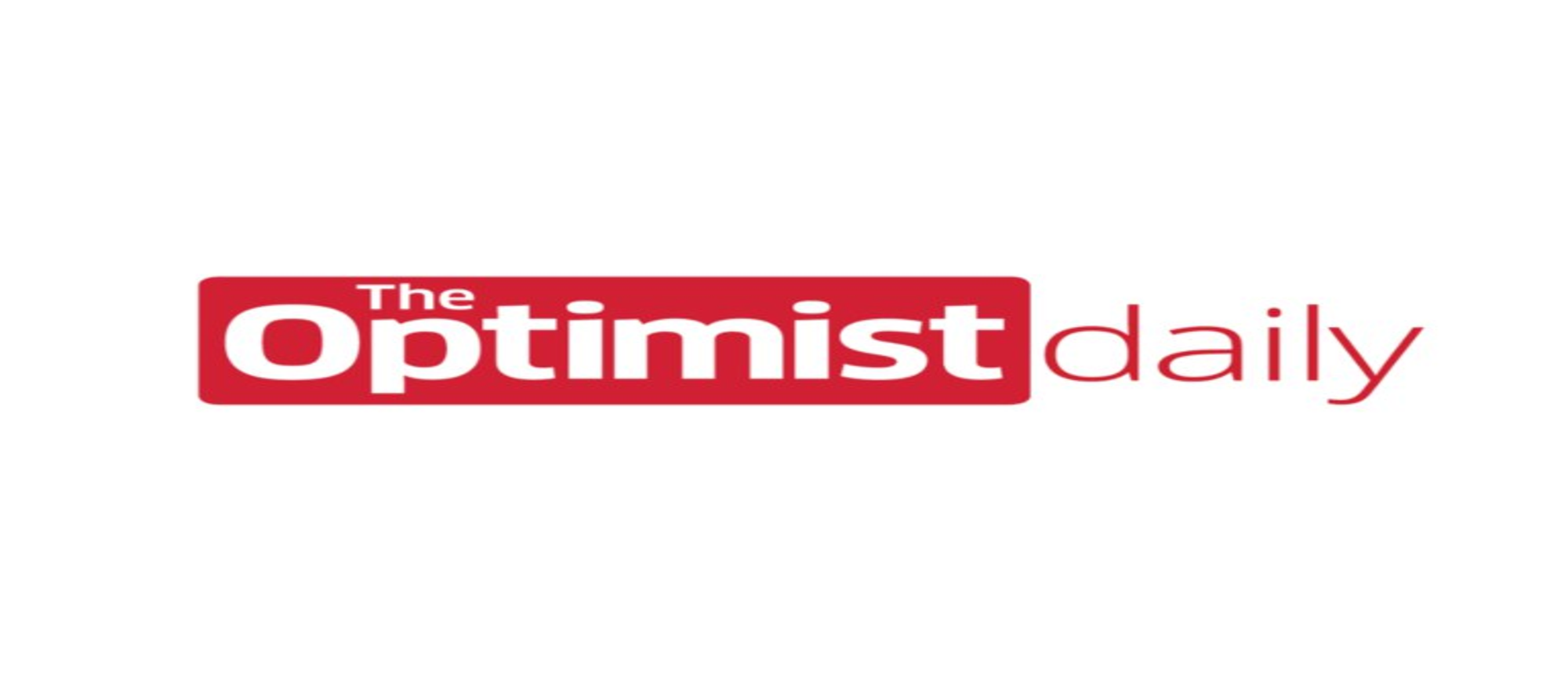“Human Beings have been doing markets since we came down out of the trees, but not everything can be measured in markets.” Hazel Henderson
By Kristy Jansen
How do you measure success? For some it might be lots of money, adoring fans or a powerful position. Others measure their riches in meaningful relationships with family and friends, or in the vibrancy of their lived experiences. Of course, none of these achievements are easy to enjoy without a healthy body or a stable home – so those items have got to be at least a base line measurement of doing well. On an individual level, we get it. Money and power are nice to have, but not enough to keep you warm, well or happy. As a reader of the Optimist Daily you might be saying, “duh!” right about now.
OK, but let’s level up. How do we measure success for a country? How do we know things are going well or not?
GDP (Gross Domestic Product) has been the main indicator of success for a nation-state, and the main tool that governments use to guide policy decisions about national economies, and that development organizations have used to rank the relative strength or weakness of a county’s economy. A growing economy, as measured by GDP was the main goal, and governments and international development organizations ranked the world’s nations based on the size of one’s productive economy. In economies designed around growth, not growing becomes problematic. A shrinking economy (also called recession) is cause for fear, for voting out whoever’s in charge, for drastic economic “fixes” to get back to “healthy” economic growth. But what if growth, at least as defined by GDP, is not what it’s cracked up to be?
A bit of historical context
It’s easy to forget that GDP become the standard for judging a country’s well being relatively recently. In the aftermath of the Great Depression Simon Kuznets, a Russian-born economist working for the US Government developed a simple framework to estimate economic growth, which became the basis of the modern indicator. Kuznets himself saw GDP as a crude estimate of production and cautioned against its use as a stand-in for economic or societal well-being, as it left huge segments of the real economy out altogether. Nevertheless, GDP became widely used after WW2 as a way to quantify all the economic growth and production in a nation. Its correlation to war is no coincidence. The idea that consumption in any form was a positive contribution to a country’s growth also helped reinforce the idea that war could be an economically viable endeavor. That production at any cost was the end goal.
But is blindly racing towards consumption really an appropriate measure of a country’s well being? Almost since its adoption, GDP has had its detractors, but it has taken real world economic pain for a true reckoning to occur. GDP, for example, doesn’t take education, environmental degradation, equality, or happiness into the equation. For example, let’s look at cars. Building and selling gas-powered cars positively contributes to GDP, but this dollar value added to GDP doesn’t show how emissions from these cars harms the environment and human health. It doesn’t show the increasing proportion of citizens who will never be able to afford these cars due to stagnated wages and rising cost of living. In the aftermath of the 2008 global downturn, many economists got busy arguing that we may have outgrown GDP, perhaps most famously Amartya Sen, Joseph Stiglitz, and Jean-Paul Fitoussi, in a study commissioned by French President Nicolas Sarkozy. Lately, a new generation of economists has grown more and more vocal about its limitations, and the leaders of several countries are moving into new territory by putting “well-being” at the heart of their national policy plans by looking to alternative measures to judge how things are going.

Imagining a New World
Production has been used as a measure of economic success for so long, it can be difficult to imagine what a “post-growth” or “regenerative” economy might look like. Fortunately, some key economists have mapped out solutions to thriving economic landscapes that work for people and the planet.
Kate Raworth published Doughnut Economics in 2017 which lays out a boundaried economy that quite literally resembles our favorite sweet treat. The inner ring of her donut sets out the minimum we need to lead a good life, derived from the UN’s sustainable development goals and agreed by world leaders of every political stripe. It ranges from food and clean water to a certain level of housing, sanitation, energy, education, healthcare, gender equality, income, and political voice. Anyone not attaining such minimum standards is living in the doughnut’s hole.
The outer ring of the doughnut, where the sprinkles go, represents the ecological ceiling drawn up by earth-system scientists. It highlights the boundaries across which humankind should not go to avoid damaging the climate, soils, oceans, the ozone layer, freshwater, and abundant biodiversity.
Between the two rings is the good stuff: the dough, where everyone’s needs and that of the planet are being met.
The guiding principle of the doughnut model is that an economic system should meet everyone’s basic needs within the boundaries of our planet’s means. Progressive cities like Amsterdam are adopting this model and releasing the macro and micro level tools that tie us to short term calculations of a nation’s wealth in measuring GDP.
Putting people back into the equation
At this point you might be saying: protecting the planet is good, but what about people? Well, as it turns out more sustainable economic models yield happier humans too. Let’s take a look at Costa Rica. The land of pura vida has 80 percent less GDP per capita than the United States, but higher happiness and life expectancy rates. According to GNH calculations, 85.5 percent of Costa Ricans were satisfied with their lives and their life expectancy is one year more than in the US.
In 2019, New Zealand Prime Minister Jacinda Ardern launched the world’s first ‘wellbeing budget’ in order to prioritize the health and welfare of her country’s citizens. It’s likely not a coincidence that in the face of a world-wide pandemic, New Zealand has done better than nearly any other country. Together with New Zealand, Iceland, Scotland, and Wales have joined into a coalition of Wellbeing Economy Governments, or WEGo, aiming to advance their shared understanding that development in the 21st century must put human and ecological wellbeing at the center of success.
Some more local examples of this are Benefit Corporations and Certified B-Corps, companies like Ben & Jerry’s and Klean Kanteen which emphasize a conscious economy. They focus on producing the goods we need while adapting their product and business model to produce social benefits. This looks like eliminating planned obsolescence from products, creating replaceable parts to reduce waste, sourcing ingredients ethically, and paying fair wages.
New economic models mean also rethinking how we have traditionally defined productivity. We have been conditioned to associate success with constant productivity. The overworked employee is an integral cog in the “American Dream.” Economist Mariana Mazzucato challenges our modern economies by forcing us to confront what holds economic “value.” A professor at University College London and the Founder/Director of the UCL Institute for Innovation and Public Purpose, Mazzucato urges us to redefine value not as extraction and production, but as activity which contributes towards human wellbeing. In this vision of the economy, thinkers, helpers, givers, and healers are as valuable as makers and sellers.
Another innovative perspective comes from Stephanie Kelton, author of The Deficit Myth. Chances are when you hear the word deficit, you immediately think: bad. Kelton advocates for releasing “deficit” of some of its negative connotations and looking at investment in solutions are necessary for progress. Significant investments in infrastructure, education, technology, and social programs give us the opportunity to build a future that is holistic and healthy for humans and the planet we live on.
Carlota Perez takes a firm environmental stance in her vision for the future because after all, the economy will matter very little if we no longer have a planet to live on. Perez says we should strive to eliminate the constant push for bigger and better and embrace a circular economy to meet our basic needs. Instead, we find fulfillment in services and experiences that are less taxing on our natural world than goods and products. In this economy, there is abundant room for creativity, growth, and passion without the glorification of material consumption. A great way to integrate Perez’ theories into your life today is to buy experiences like yoga classes or concert tickets as gifts rather than items and implement waste-free habits like bulk bin shopping.
So where does the consumer come in? One benefit of giving money so much power in our modern society is the ability to use our dollar to enact change. Overhauling our economic systems will not happen overnight, but you can vote for leaders with progressive economic reform policies and spend your money with companies and businesses that reflect your values. You can buy high quality products that will last over time and buy your food from local sustainable producers.
When it comes to revamping our economy, there are a lot of ideas on the table. So what should our future economy look like? Likely a combination of these ideas. The model will likely vary from country to country and even city to city based on specific needs and demographics. Perhaps we adopt the doughnut economy, require companies to complete ethical behavior evaluations, and quantify success based on HDI metrics.
Writer and environmental activist Edward Abbey once observed “growth for the sake of growth is the ideology of the cancer cell.” Perhaps it’s time for a new goal.











